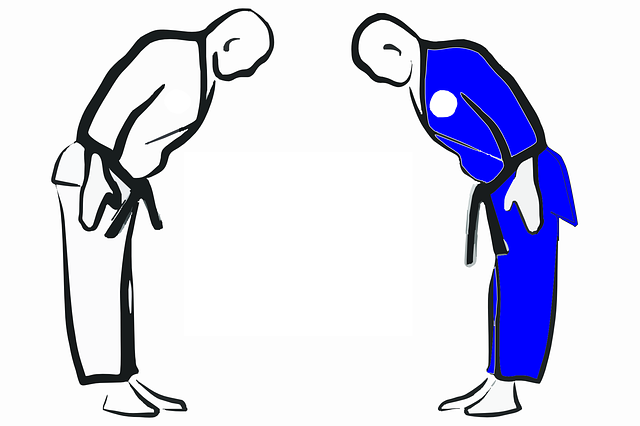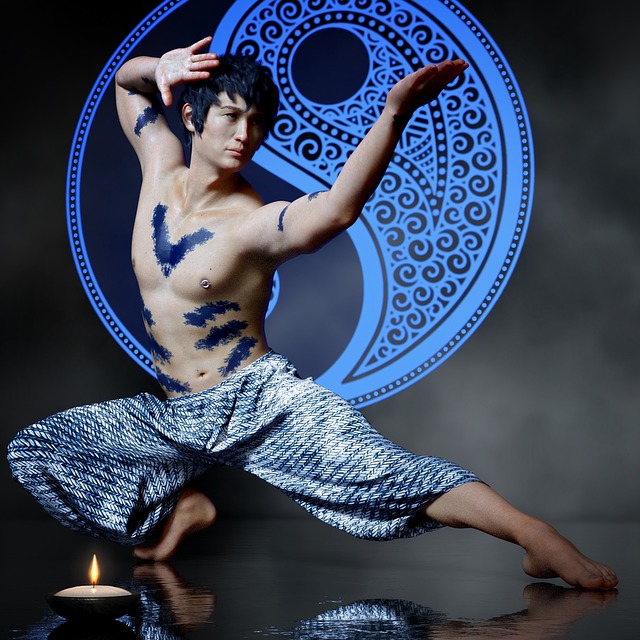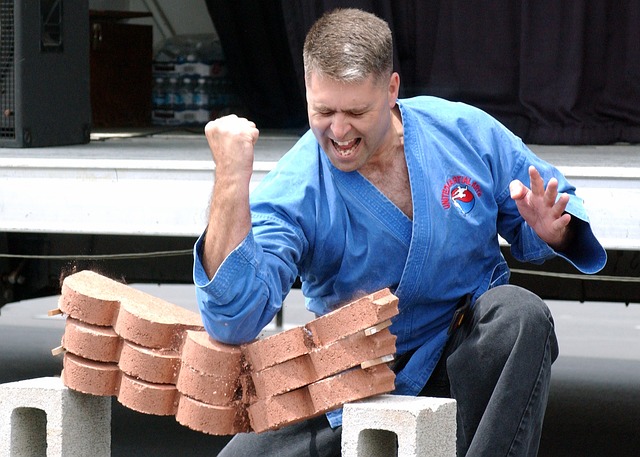Whether you’re an absolute martial arts beginner, or a seasoned warrior, karateka (the name given to karate participants) all require a uniform to take part in this dynamic and highly beneficial sport.
The Gi
The Gi refers to the white cotton suit worn by all karate competitors. Whether you’re a lowly beginner just finding your feet, or a martial arts professional, the Gi is the universally accepted suit that all karateka must wear.

Designed to match the ‘cleansing’ qualities of the sport, the Gi originates from judo and didn’t become an official part of the karate uniform until 1939. A light and hard-wearing Gi should be relatively inexpensive. Just remember, they’re meant to be worn baggy but make sure you don’t go over-the-top!
The Obi
Not to be confused with a well-known Star Wars character, the Obi is simply the karate belt and is tied around the waist of the Gi during a contest. The Obi will vary in colour depending on the ability level reached by the karateka in question, with white signifying a complete beginner and black representing the highest level of expertise. Karateka progress through the range of obi colours by competing in tournaments, demonstrating their mastery over a range of key karate moves.
The gum shield
There’s nothing exotic about this essential piece of karate kit. Even the most basic khion session might throw up some unexpected surprises in the early days so it’s vital you wear a gum shield at all times, to avoid any damage to your teeth or jaw bone.
The Tatame
This refers to the type of mat used during karate practice. Although it’s not technically a part of the karateka’s uniform, falls and throws could prove more than a little painful if your training doesn’t take place on one of these.
Karate kit for sparring contests
Although a Gi, Obi and gum shield will ensure your early karate training gets off on the right foot, karate kit requirements do become slightly more complex (and expensive) when you start to progress as a martial artist and opt for some sparring action. If you are about to try some high-contact kumite karate, ensure that you’re kitted out with the following pieces of essential gear.
Hand and footpads
If you want to avoid the potential pain of badly bruised knuckles and broken toes, wearing a strong, reliable set of hand and footpads could be ideal for protecting those precious fingers.
Athletic ‘box’
Obviously it’s essential to invest in a good quality groin protection ‘box’ or ‘cup’ if you’re a male karateka. However, kicks to the groin can be equally painful for women, so make sure you wear adequate protection beforehand.
Head protector
There’s nothing more dangerous than suffering a head injury, so make sure you keep your brain safe with a good quality head protector. It’s never a good idea to cut corners when buying protective padding for your head. In the case of sparring combat, it really does pay to invest wisely in quality.
Check our sponsors at: Bigger Equity

